Fluid & Heat Blog Posts
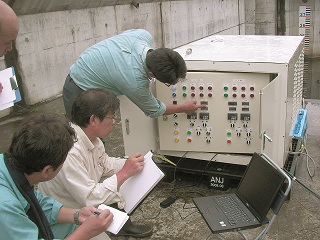
Injectable Microbubbles in Hydrology and Healthcare
Microbubbles filled with oxygen can be injected into contaminated lakes to restore the water quality. Typically, water is purified via water-treatment plants, but this microbubble technique is both inexpensive and more environmentally-friendly in comparison. As seen in a COMSOL News 2011 article, oxygen microbubbles are a researcher’s way of copying nature’s own self-restoration mechanism for cleaning contaminated lakes.
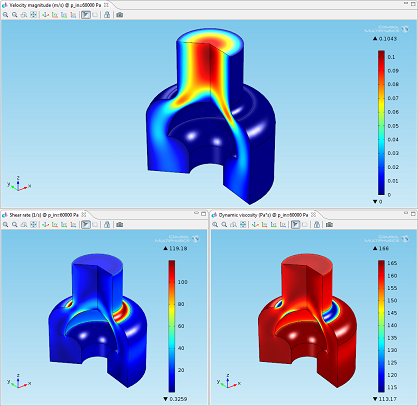
Non-Newtonian Fluids, Between Solids and Fluids
One of my favorite sitcoms is “The Big Bang Theory”, thanks to its focus on physics. From time to time they run funny experiments that can be easily arranged at home, causing me to wonder if I know the physics that are at work. One of my favorite episodes is when they fill the cone of a speaker with a suspension of starch in water. Instead of spattering around, the suspension starts to dance because it behaves more like a […]

Modeling Lithium-Ion Battery Cooling
Get a brief introduction to creating a lithium-ion battery model using the COMSOL Multiphysics® software in three sequential studies. At the end of the blog post, there is a link to download the tutorial model.

The Science of Cooking, Multiphysics meets Food
It’s that time of year again for all the foodies out there; on January 29th the 2013 Bocuse d’Or will be in full swing with 24 chefs each representing their country, vying for the Gold Medal in the Olympic Games of the culinary world. In this biennial event, the chefs will have to combine classical and innovative cooking techniques to come out on top. At the last Bocuse d’Or in 2011, Gunnar Hvarnes propelled past the competition with the aid […]
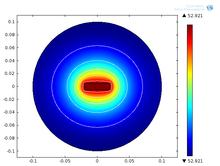
Gold Nanorods for Medical Treatment
Nanorods are synthetic nanoscale objects used in the area of nanotechnology. They can be synthesized from semiconducting materials or metals, such as gold. The applications of nanorods are many, ranging from display technologies and energy harvesting to cancer therapy.
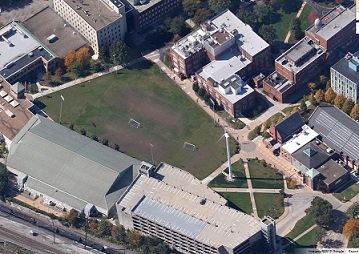
Wind Turbines in Urban Settings a Reasonable Idea
If I asked you to envision a wind turbine, odds are you’d picture a wind farm in some remote location. With good reason; that’s commonly where they are found. If you’re a student or faculty of Case Western Reserve University, on the other hand, you might think of the wind turbine you have on campus. Does it make sense to set up wind turbines in urban settings? These two researchers suggest that it does.
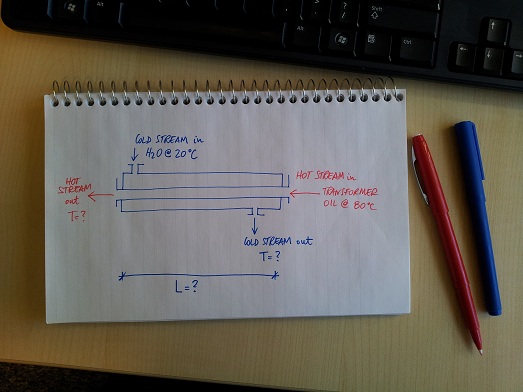
Efficient Heat Exchanger, it’s all in the Pipes
Nature is full of counter-intuitive phenomena; I’m fascinated by everyday examples like the one we talked about this summer, sinking bubbles in a pint of Guinness, but I have to say that engineering has its fair share of such examples too. The concept of heat exchange in coaxial pipes struck me as a student, as it showed me the relentless tinkering attitude typical of engineers wanting to optimize their design. In this kind of heat exchanger both streams, hot and […]

Power Transistors and Heat Transfer
Transistors are building blocks of electronic appliances, and can be found in radios, computers, and calculators, to name a few. When working with electrical systems you typically have to deal with heat transfer; electric heating is often an unwanted result of current conduction. Is a heat sink mounting necessary to keep the transistor cool, or can it manage without? Let’s have a look at power transistors from a heat transfer perspective.
